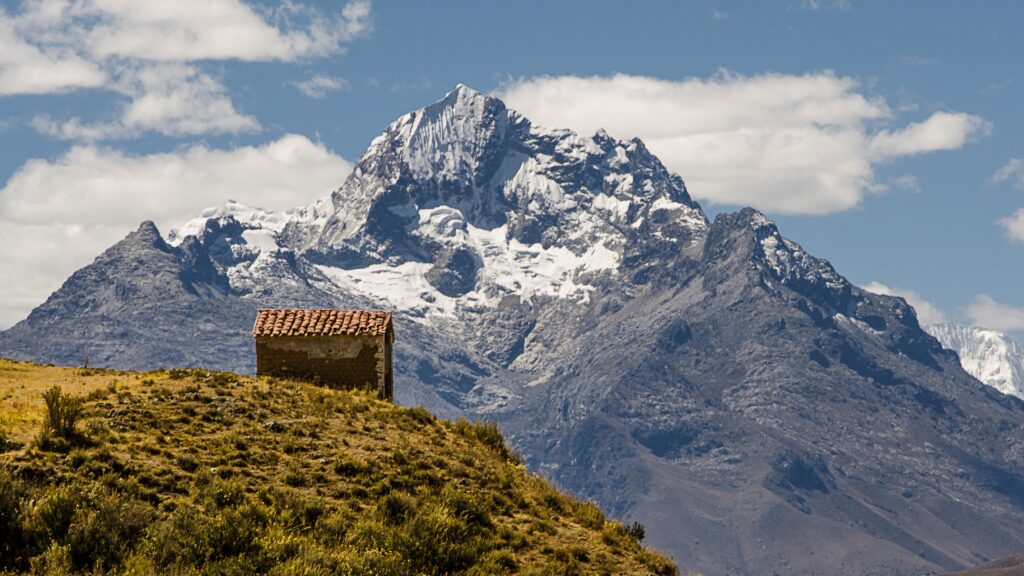ID80: Working conditions and attractiveness of agricultural jobs, what future for youth in mountain areas?
ID25: Gravitational mass flow simulations for avalanches
Communities at the Top: transformative processes in the context of crisis in mountain regions.
Turning climate change threats into opportunities
Mountain systems are gradually becoming more vulnerable to both globalization processes and climate change. The urgency to respond to these changes as well as recent disruptive events have highlighted the crucial role of mountains in steering the turn around, be it in the energy, water, food, tourism, or conservation sector. Current solutions are however often highly reactive and do not provide societally valued and needed qualities within the environmental and the social constraints of the complex systems. This keynote will present various principles to better integrate scientific knowledge in local place making to harness the expected changes and accelerate the implementation of socially acceptable solutions. An iterative loop between science and the design of new social-ecological-technical systems embedded in a civic discourse will help moderate the relationships between actions and values while creating co-benefits for people living in and outside mountain areas.
Belowground microbial responses to global change in alpine ecosystems
Belowground microbial communities play a prominent role in alpine ecosystems, regulating major biogeochemical cycles and the supply of growth-limiting nutrients to plants. This talk will consider some recent advances in our understanding of how alpine microbial communities rand their functioning responds to ongoing climate change, especially through changes in snow conditions, and how these responses are mediated by vegetation change.
Pressures, opportunities and benefit sharing in mountain landscapes and communities
Mountain areas face the contradictory forces of marginalisation, commodification, conservation, rewilding, ‘green’ industrialisation, and bioeconomy developments. The remaining high nature value farming systems of these areas enabling high quality food production experience varying or limited degree of viability and support. Climate change, ecological crisis, and pandemics interact with ‘surprises’ such as Brexit, stuck container ships, and the return of large carnivores. How may this influence the position of mountain food systems?
After The Ashfall: What Ancient Environmental Disasters Can Tell Us About The Human Attachments To The Landscape
In 1815 Tambora, a volcano in a small Indonesian island just east of Java, violently erupted killing untold numbers and incinerating villages and crops. This eruption, which historian Gillen D’Arcy Wood compares to that of Mount Mazama (now known as Crater Lake, Oregon) 7600 years ago, not only blackened the sky and reshaped the island landscape, but also disrupted climate patterns around the globe. Most survivors, who once produced food and luxuries for consumption, tribute and trade, never returned. Island society, in other words, disappeared from the historical record. As we live in a world fraught with ever worsening environmental disasters, my colleagues and I reflect on how ancient people in North America coped with various known disasters, especially the Mazama eruption and its aftermath, why they returned to denuded ancestral landscapes, and what valuable lessons they may teach us to find avenues for social action.
1. Mountain Ecosystems under Global Change
Mountain areas are important systems for biodiversity and global biogeochemical cycles and deliver a broad range of essential ecosystem services. In many mountain regions, including the Alps, global change has been taking place at higher rates than on global average with potentially critical impacts on ecosystems, which are characterized by small-scale complexity and high vulnerability. While patterns of the responses of mountain ecosystems to global changes are increasingly emerging, there are significant gaps in the understanding of the underlying processes and their larger scale implications in a future world.
5. Probing the past, predicting the future
Alpine environments are sensitive ecological systems that are prone to climatic and anthropogenic perturbation. While many research initiatives are investigating the impact of our industrial society on alpine landscapes and ecosystems or are looking for possible adaptation and mitigation strategies under warming climatic conditions, comparatively little research has been directed towards a systematic study of human-environmental interactions in alpine environments by pre-industrial societies or during pre-historic times. Such historical perspectives, however, provide a long baseline of past changes needed to understand the natural variability of alpine environments and its resilience over a variety of timescales. The perspectives also provide a variety of links to scientific and historical research results and datasets.
In this synthesis workshop (geo)archaeological, palaeoenvironmental, palaeoclimatic, and ethnohistoric research strands conducted in alpine environments will be brought together. The goal is to create a platform for researchers interested in understanding the historic and long-term perspective of alpine climates and ecosystems and the changing role of humans using these environments.










